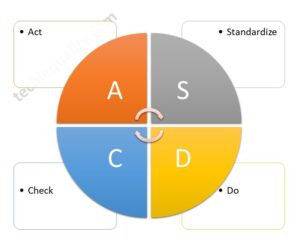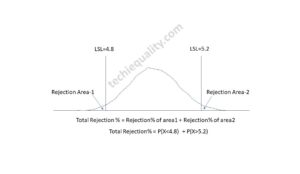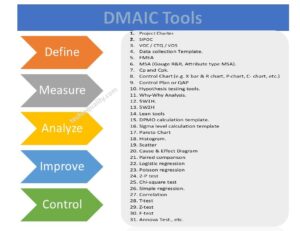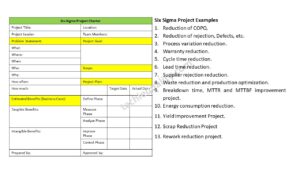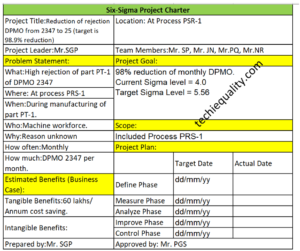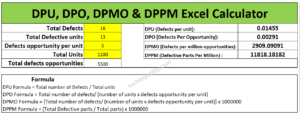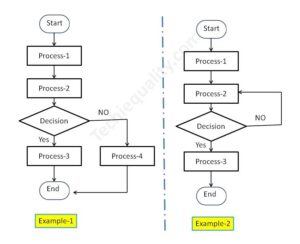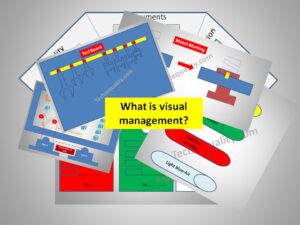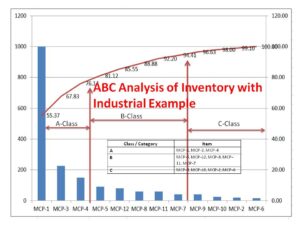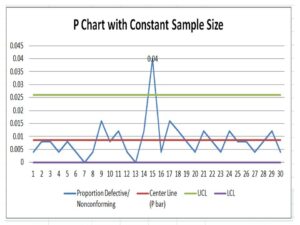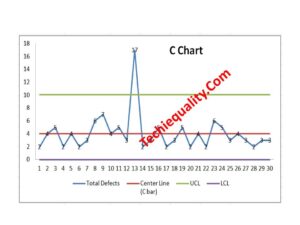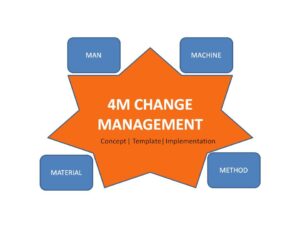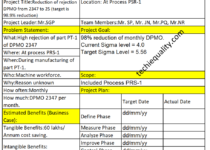5G Problem solving technique | Manufacturing Example |Free Template
5G Problem solving technique | Manufacturing Example |Free Template
5G Problem solving technique is the most popular Japanese technique, this will help and guide you on how to solve problems. Many problems is being occurred day to day in manufacturing industries like machine breakdowns, customer complaints, in-process rejection problems, material problems, etc. So to tackle the everyday problem in an unsystematic way is a big challenging work. To overcome this issue, you can follow the 5S Japanese concept to resolve actual/real place problems. It’s namely called 5G because every Japanese word starts with the letter “G” i.e. [1] GEMBA, [2] GEMBUTSU, [3] GENJITSU, [4] GENRI, [5] GENSOKU; these are the 5G where you have to find out the causes. In some cases, you can propose and predict the right cause without visiting the real place and analyzing the actual facts. So this method helps you to resolve the problem.
DOWNLOAD Template- 5W1H, CAPA, 5W2H, 4M check sheet, 8D Format.
5G Problem solving Technique with Manufacturing Example:
Here I’m sharing my own experience that once upon a time I had made a great mistake during an analysis of a customer complaint, one of our customers informed us 5% of the last batch of consignment products had been rejected due to a pinhole issue. Immediately after receiving the customer complaint, we called a meeting with all my team members. And we all started discussing in the conference room to find out the cause of the problem and finally, we proposed an action plan and implemented the same but later on we faced the same problem again.
Our hypothesis / predicted root cause of the failure was invalid. From this experience, I learned that we can’t find an effective action plan by hypothesis or prediction. We must investigate the actual things and verify the principles. And finally, we applied the Japanese technique 5G for problem-solving i.e. [1] GEMBA, [2] GEMBUTSU, [3] GENJITSU, [4] GENRI, [5] GENSOKU.
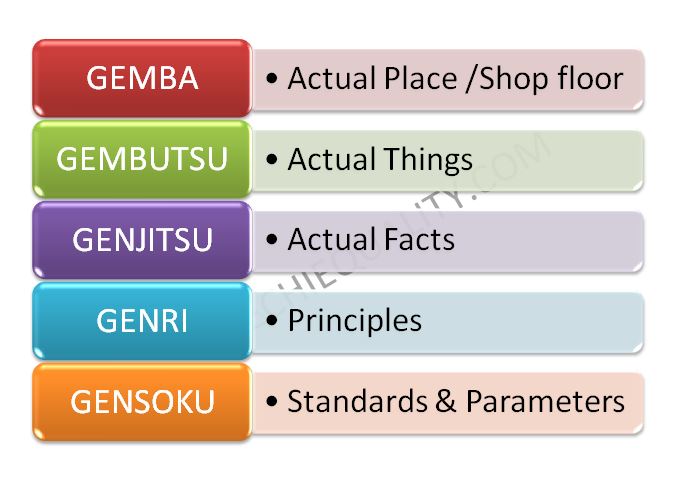
Before continuing with the above example I would like to elaborate on the 5G Technique /Method.
GEMBA: Go to the Real /Actual Place.
It’s the place/location where the problem actually occurred e.g. Shop floor. First of all, we have to visit the shop floor or the actual location where we need to start the investigation.
GEMBUTSU: Examine the objects /machine/tools etc.
Your problem-solving team members should examine the machine, parts, objects, and tools that were involved in the failure. During the examination, you can find any clues of failure.
GENJITSU: Check the real Facts
Your team must collect the before and after data and test report, and the team should link the data to the actual facts that what really happened.
GENRI: Refer to the theory /verify the principle.
The team should verify the principle and condition of the machine/equipment/tools etc.
GENSOKU: Check the process parameters /SOP/Standards.
In this technique the team member should check and verify the process parameters, SOP, Work procedure, Visual instruction, and one-point lesson are followed by operators and that there is no any deviation.
How to apply 5G technique in the manufacturing industry?
We will elaborate on this section continuing with the above example that our action plan against the customer complaint (Pin-hole problem) was not valid. When we applied the 5G technique, the action plan was very effective. First of all, all the team members visited to the shop floor to know the exact problem when we examined the problem we came to know that the actual problem was a blow-hole but not a pin-hole. This was visualized when we went through the G-2 (Gembutsu).
Next, we continued the rest of three-G, some clues we found at the stage of Genjutsu from the Core curing time and some from Gensoku. That curing procedure was not being maintained as per the standard operating procedure. And finally, we concluded after completing the 5G technique on a fact basis that the core curing process was not maintained as per SOP. This is my own experience that how I could able to find out the problem causes using the 5G technique. Given below are the 5-steps, details meanings, concepts, and illustrations of 5G.
Step-by-Step Guide to 5G Problem Solving Technique Application
| Step-1 | GEMBA | Go to the real place | Create a team and visit to the shop floor or a place where the problem occurred |
| Step-2 | GEMBUTSU | Examine the objects | Examine the machine /tools /equipment/non-conforming pats to know the clues |
| Step-3 | GENJITSU | Check the real facts | Collect the data and analyze it. And also do the countermeasure. |
| Step-4 | GENRI | Verify the principle | Verify the current practices and condition of m/c, equipment, tools, etc. |
| Step-5 | GENSOKU | Check the standards | To check the process characteristics, SOP, and work procedure, whether it is being followed or not. |
Free Templates / Formats of QM: we have published some free templates or formats related to Quality Management with manufacturing / industrial practical examples for better understanding and learning. if you have not yet read these free template articles/posts then, you could visit our “Template/Format” section. Thanks for reading…keep visiting techiequality.com
More on TECHIEQUALITY
Popular Post
